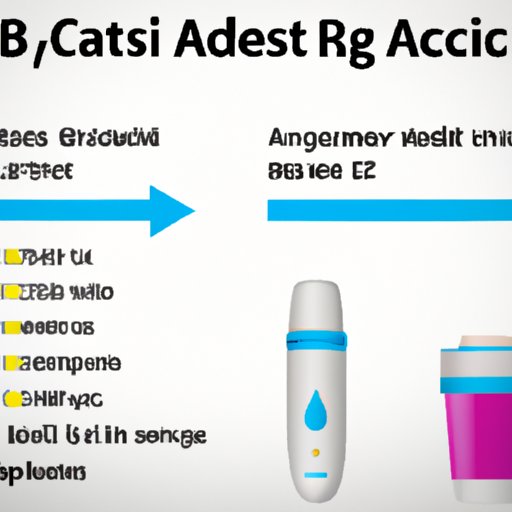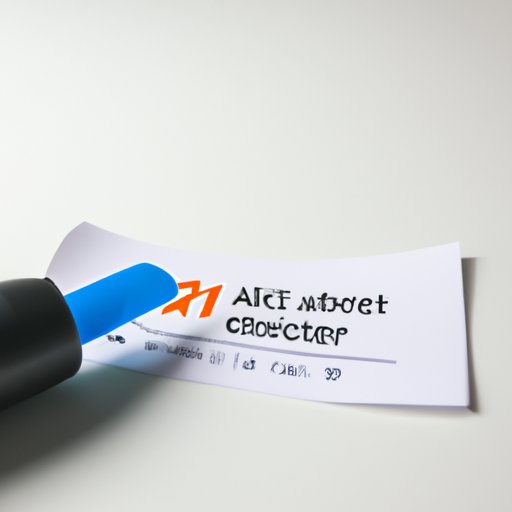Introduction
An A1C test is an important tool for measuring average blood glucose levels over a period of two to three months. For people with diabetes, regular monitoring of blood glucose levels is essential for managing the disease and preventing long-term complications. An A1C test offers a convenient way to measure and manage blood glucose levels without needing to take frequent fingerstick tests.

Explaining A1C: An Overview of How the Test Works
The A1C test measures the amount of hemoglobin in your blood that has been ‘glycated’ or coated with sugar molecules. The higher the level of sugar in your blood, the more glycated hemoglobin is present. The A1C test gives doctors an indication of how well your diabetes management plan is working by providing an average of your blood glucose levels over the past two to three months.
Understanding the Basics of A1C Testing
What is an A1C Test and How Does it Work?
An A1C test is a blood test that measures the percentage of glycated hemoglobin in your blood. It is used to determine your average blood glucose level over the past two to three months. The higher your A1C level, the higher your average blood glucose level has been. A normal A1C level is below 5.7 percent, while a level above 6.5 percent indicates diabetes.
The Science Behind A1C Testing
Hemoglobin is a protein found in red blood cells. When glucose is present in the bloodstream, it binds to the hemoglobin molecules, forming glycated hemoglobin. The longer glucose remains in the bloodstream, the more time it has to bind to the hemoglobin molecules and form glycated hemoglobin. An A1C test measures the percentage of glycated hemoglobin in the blood. The higher the percentage of glycated hemoglobin, the higher the average blood glucose level over the past two to three months.
A Step-by-Step Guide to A1C Testing
How A1C Tests Measure Blood Glucose Levels
An A1C test requires a sample of your blood. Your doctor will use a needle and syringe or a lancet device to draw a small sample of blood from your arm or finger. The sample is then sent to a laboratory for testing. The lab will measure the percentage of glycated hemoglobin in your blood sample and provide the results to your doctor. A normal A1C level is below 5.7 percent, while a level above 6.5 percent indicates diabetes.
What Should I Know Before Taking an A1C Test?
Before taking an A1C test, it is important to understand how the test works and what it can tell you about your health. Your doctor may also recommend other tests, such as a fasting blood glucose test or an oral glucose tolerance test, to help diagnose or monitor diabetes. It is also important to talk to your doctor about any medications or supplements you are taking, as some medications and supplements can affect the accuracy of an A1C test.
Conclusion
Summary of Key Points
An A1C test is a simple and effective way to measure your average blood glucose levels over the past few months. The test measures the percentage of glycated hemoglobin in your blood, which is an indication of your average blood glucose level. It is important to talk to your doctor about any medications or supplements you are taking, as some medications and supplements can affect the accuracy of an A1C test. Regular monitoring of your blood glucose levels is essential for managing diabetes and preventing long-term complications.
(Note: Is this article not meeting your expectations? Do you have knowledge or insights to share? Unlock new opportunities and expand your reach by joining our authors team. Click Registration to join us and share your expertise with our readers.)
